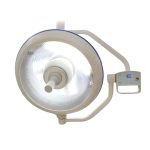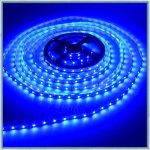LED Light Testing Made Easy: StepbyStep Guide Using a Multimeter

LED lights have become increasingly popular over the years due to their energy efficiency, durability, and long lifespan. However, like any other electrical device, they can still malfunction or fail. Whether you are a professional electrician or a DIY enthusiast, testing your LED lights is important to ensure optimal performance and avoid potential hazards. In this step-by-step guide, we will explore how to test LED lights using a multimeter, a versatile tool that measures various electrical parameters such as voltage, current, and resistance. LED light testing may seem daunting, especially if you are not familiar with electrical systems, but with the right tools and techniques, it can be a straightforward process. The multimeter, also known as a volt-ohm meter (VOM), is an essential tool for testing LED lights. It can measure the voltage across the LED, the current passing through it, and the resistance of the circuit. By using a multimeter, you can identify any faulty components or connections, troubleshoot issues, and ensure that your LED lights are functioning correctly. In the following sections, we will provide a detailed guide on how to use a multimeter to test your LED lights, step by step.
LED light testing is crucial as it ensures the quality and reliability of the product. Conducting proper testing helps to identify any defects or issues that may arise in the LED lights. This is important because faulty LED lights can lead to safety hazards, such as electrical fires or shocks, and can also result in poor performance and energy inefficiency. Using a multimeter to test LED lights is an easy and effective way to ensure that they are functioning as intended. This step-by-step guide provides a clear and concise process for testing LED lights, allowing individuals to confidently assess the quality and performance of their LED lighting products.
A multimeter is a versatile tool that can be used to test a wide range of electrical components and systems. When it comes to LED lights, a multimeter can be incredibly helpful in determining whether the lights are functioning properly. By measuring the voltage and current of the LED circuit, as well as checking for continuity, a multimeter can quickly and easily identify any issues with the lights. This can save time and money in troubleshooting and repairs, and ensure that the LED lights are operating at their full potential. Whether you’re a professional electrician or a DIY enthusiast, a multimeter is an essential tool for testing LED lights and ensuring that your lighting system is working as it should.
StepbyStep Guide to Testing LED Lights with a Multimeter
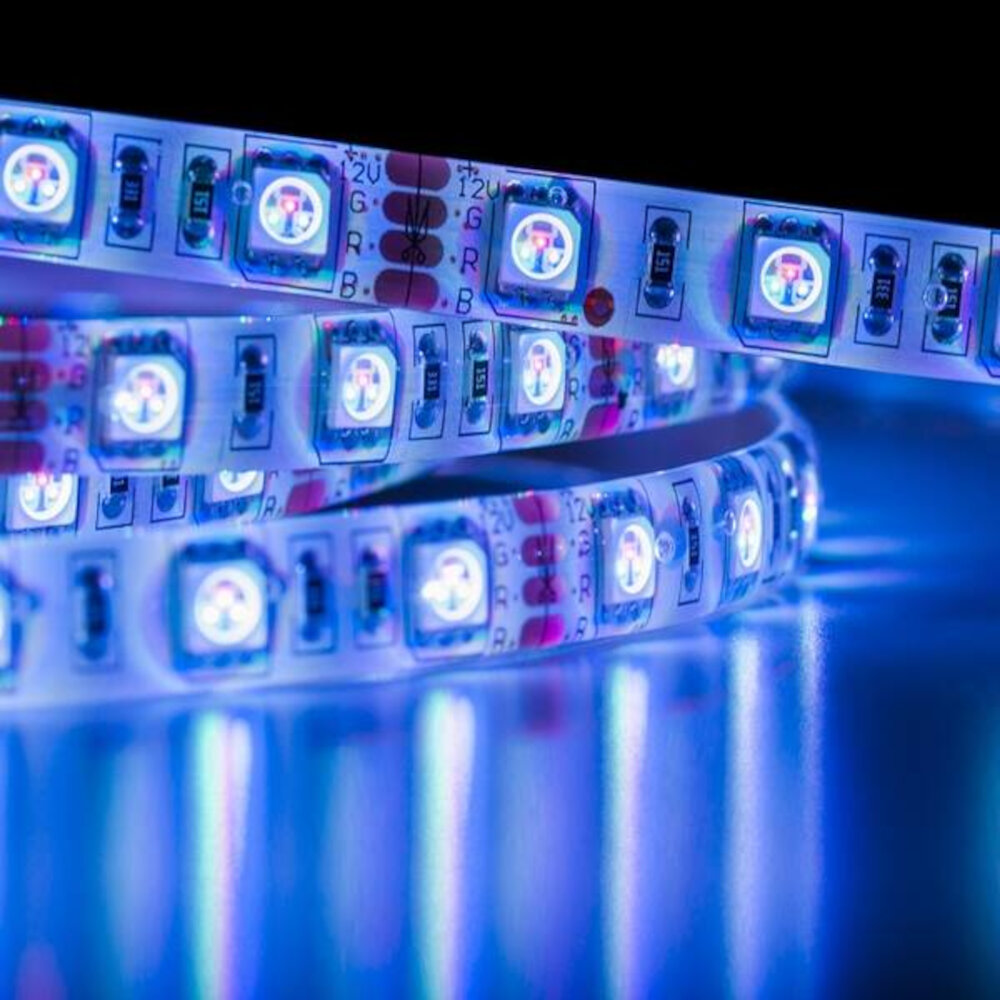
LED lights have become a popular lighting option because of their energy efficiency and longevity. However, like any other electronic device, LED lights can malfunction or fail over time. Therefore, it is essential to know how to test LED lights with a multimeter, a handy tool used to measure electrical properties such as voltage, current, and resistance. With this step-by-step guide, you can easily test your LED lights and identify any issues. Firstly, you need to select the appropriate mode on your multimeter, which is typically the diode mode. This mode allows you to test the forward voltage drop of the LED. Secondly, you have to connect the multimeter leads to the LED leads following the correct polarity. The red lead should be connected to the anode, which is the positive terminal, and the black lead to the cathode, which is the negative terminal. After that, you will need to turn on the multimeter and observe the reading. If the LED is functioning correctly, it should display a voltage drop within the expected range. If the reading is zero, the LED is not working, and you have to replace it. Furthermore, if the voltage drop is outside the expected range, it indicates that the LED is damaged, and you have to replace it as well. In conclusion, testing LED lights using a multimeter is a simple task that can save you a lot of time and money. By following this step-by-step guide, you can identify any issues with your LED lights and take the necessary action. Remember to always use the correct mode and polarity when connecting your multimeter leads to the LED leads. Moreover, make sure to replace any damaged LED lights to ensure the longevity and efficiency of your lighting system.
To begin testing LED lights using a multimeter, the first step is to set up the device properly. This involves selecting the correct settings on the multimeter, such as the voltage and resistance settings, and ensuring that the probes are connected correctly. It is important to refer to the user manual for specific instructions on how to set up the multimeter, as different models may have different requirements. Additionally, it is important to ensure that the LED light is correctly wired and connected to a power source before beginning the testing process. By taking the time to properly set up the multimeter, you can ensure accurate and reliable results when testing your LED lights.
Before you start testing your LED light, it is essential to check the battery or power supply. A faulty battery or power supply can mislead you into thinking that the LED light is not working correctly. To test the battery or power supply, use a multimeter set to measure DC voltage. First, check the voltage of the battery or power supply when it is not connected to the LED light. If the voltage reading is lower than the rated voltage, then the battery or power supply needs to be replaced or recharged. However, if the voltage reading is correct, then connect the battery or power supply to the LED light and test the LED light using the steps provided in Step 1. By testing the battery or power supply, you ensure that you get accurate results when testing the LED light.
After connecting the LED light to the power source, it’s essential to test it using a multimeter to ensure it’s functioning correctly. To do this, set the multimeter to DC voltage mode and connect the black probe to the cathode and the red probe to the anode of the LED. If the LED is functioning correctly, the multimeter will display a voltage reading of around 2V. If the voltage reading is significantly higher or lower, it could indicate a faulty LED or incorrect connections. It’s crucial to perform this step to avoid any potential hazards or damage to the LED or the circuit. Testing the LED light is a simple but critical step in the process of ensuring a safe and functional circuit.
After conducting the LED light testing using a multimeter, it is time to move on to the next step, which is to analyze the results. This step is crucial as it allows you to determine the health of the LED and identify any potential issues. To analyze the results, you need to compare the readings obtained from the multimeter with the specifications provided by the manufacturer. If the readings are within the specified range, then the LED is functioning correctly, and you can proceed to the next step. However, if the readings are outside the specified range, then there might be an issue with the LED, and further investigation is required. By analyzing the results, you can ensure that the LED light is safe and effective for use.
Common Issues with LED Lights and How to Test for Them

LED lights have become increasingly popular due to their energy efficiency, long lifespan, and low heat emission. However, like any technology, they are not immune to faults and issues. Common issues with LED lights include flickering, dimming or complete failure, color temperature inconsistency, and electromagnetic interference. These issues can be caused by a number of factors such as poor wiring, voltage fluctuations, or manufacturing defects. It’s important to test your LED lights regularly to identify any issues and troubleshoot them promptly. Testing for LED light issues is relatively easy using a multimeter. A multimeter is a device that measures voltage, current, and resistance. To test for flickering or dimming issues, you can use the multimeter to measure the voltage output of the power supply. Voltage fluctuations can cause LED lights to flicker or dim, so it’s important to ensure that the voltage is consistent. For color temperature inconsistencies, you can measure the current flow through the LED. LED lights require a specific amount of current to maintain their color temperature, so any deviation from the norm can indicate an issue. By regularly testing your LED lights with a multimeter, you can identify and resolve any issues before they become major problems.
Overheating is a common issue when it comes to LED lights. It occurs when the temperature of the LED exceeds its maximum operating temperature, which causes the voltage to increase and the current to decrease. This can lead to a decrease in efficiency and lifespan of the LED. Overheating can be caused by a variety of factors, such as poor ventilation, high ambient temperatures, or excessive current flowing through the LED. To prevent overheating, it is important to ensure that the LED has proper ventilation, is not exposed to high ambient temperatures, and is operated within its recommended current and voltage range. Regularly monitoring the temperature of the LED using a multimeter can also help detect and prevent overheating.
Flickering is a common issue that often occurs with LED lights. It can be caused by a variety of factors, including overheating, faulty wiring, or a voltage drop. Flickering can be a nuisance as it can affect the aesthetics of the room and even cause headaches or eye strain. However, it can also be an indication of a more serious underlying issue that requires attention. To determine the cause of flickering, it is important to use a multimeter to test the voltage and current of the LED light. By following a step-by-step guide, you can easily identify the problem and take the necessary steps to fix it.
Dimming refers to the ability to adjust the light output of an LED bulb. The process of dimming allows for energy savings, mood setting, and increased control over the lighting in a space. LED bulbs can be dimmed in a variety of ways, including using a dimmer switch, a remote control, or a smartphone app. However, it is important to note that not all LED bulbs are compatible with all types of dimming devices. It is crucial to test the compatibility of the LED bulb and the dimming device before installation to avoid damage to the bulb or the device. By understanding the process of dimming and the compatibility between bulbs and devices, individuals can create a customized lighting experience that meets their specific needs and preferences.
Burning out is a common issue many LED users face. It occurs when the LED exceeds its maximum voltage rating, causing the LED to overheat and eventually fail. This problem can be prevented by properly testing the LED with a multimeter before applying power. A multimeter is a versatile tool that can accurately measure voltage, current, and resistance. By testing the LED with a multimeter, you can determine its voltage, current, and resistance ratings, ensuring that the LED is compatible with the power source. This step-by-step guide on LED light testing using a multimeter will help you prevent burning out and extend the lifespan of your LED.
Tips for Testing LED Lights with a Multimeter
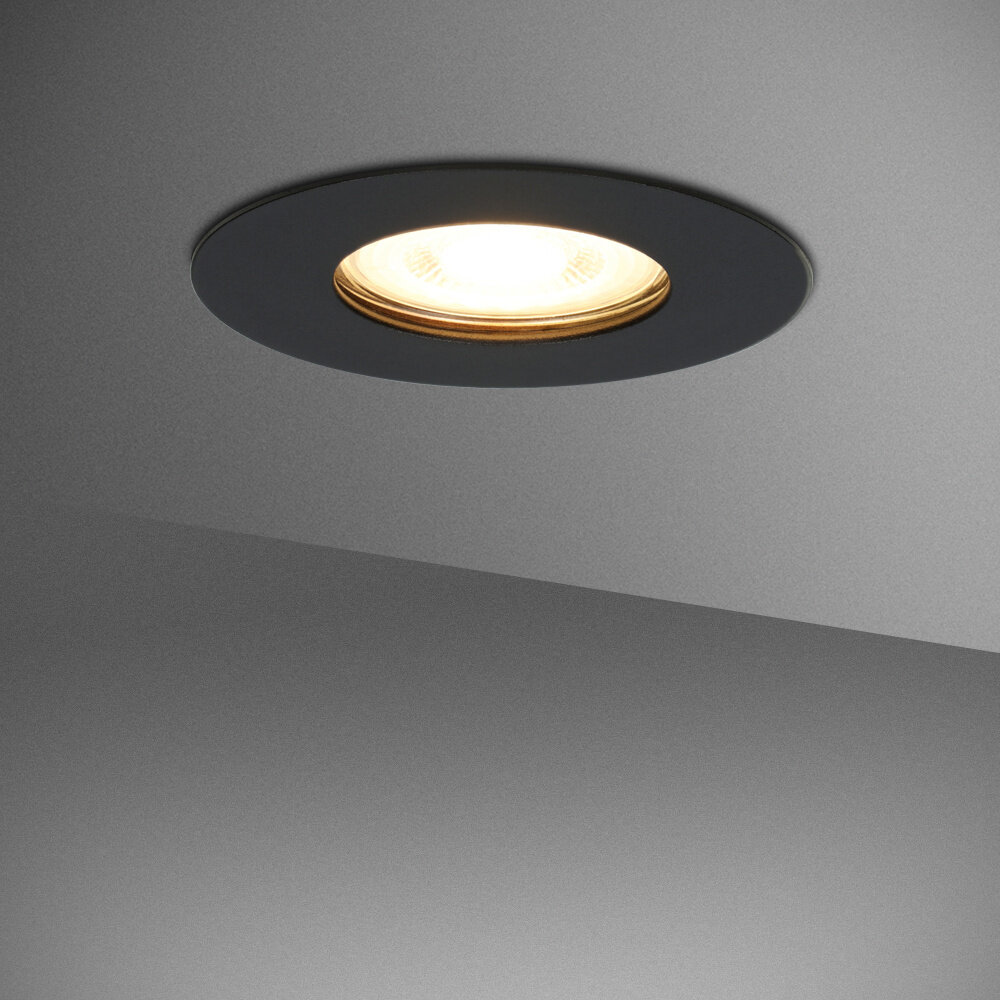
If you want to test LED lights with a multimeter, there are a few tips that you should keep in mind to ensure that you get accurate results. Firstly, it’s important to choose the right setting on your multimeter. You should use the diode setting, which is often indicated by a symbol that looks like an arrow pointing to a line. This setting will allow you to test the forward voltage drop of the LED, which is a key indicator of its health and functionality. Another important tip is to ensure that you connect the multimeter to the LED correctly. The positive lead should be connected to the anode of the LED, which is typically the longer of the two leads. The negative lead should be connected to the cathode, which is usually the shorter lead. Once you have connected the multimeter correctly, you can turn on the power to the LED and check the voltage reading on the multimeter. If the reading is within the expected range, then you can be confident that the LED is working correctly. In conclusion, testing LED lights with a multimeter can be a quick and easy way to check their functionality, provided that you follow the correct procedure. By choosing the right setting on your multimeter and connecting the leads correctly, you can obtain accurate readings that will help you to identify any issues with the LED. With these tips in mind, you’ll be able to test your LED lights with confidence and ensure that they’re working as they should be.
When it comes to LED light testing, using a high-quality multimeter is key. A multimeter is a versatile tool that can measure voltage, current, and resistance, all of which are essential when testing LED lights. Investing in a reliable multimeter will ensure accurate and consistent readings, allowing you to troubleshoot problems and diagnose issues with ease. Additionally, a high-quality multimeter will have features such as auto-ranging and backlit displays, making it easier to use in low-light conditions. Overall, using a reliable multimeter is crucial for anyone looking to test LED lights, and can save time, money, and frustration in the long run.
When testing an LED light using a multimeter, it is crucial to choose the right setting on the device. The setting you choose will determine the accuracy of your readings and prevent potential damage to the LED. The most appropriate setting for testing an LED is the diode setting, which is often represented by a diode symbol on the multimeter. This setting allows you to measure the forward voltage of the LED, which is a crucial parameter for determining its efficiency and performance. However, when selecting the diode setting, ensure that the voltage range is set to a value that is higher than the expected forward voltage of the LED. This will prevent the multimeter from being damaged by the LED’s high current flow when measuring its forward voltage.
When it comes to testing LED lights, it’s important to take a systematic approach. One effective method is to test one component at a time using a multimeter. This allows you to isolate any issues and identify the specific component that may be malfunctioning. Begin by testing the power source, then move on to the LED itself and the resistor. By testing each component individually, you can quickly and easily identify any problems and make the necessary repairs or replacements. This method is not only efficient but also ensures that your LED lights are functioning properly and will provide reliable performance.
LED light testing is an essential step in ensuring the quality and longevity of LED lighting products. When investing in LED lights, it is crucial to verify that they meet industry standards and perform as advertised. Testing LED lights involves using a multimeter to measure various electrical parameters such as voltage, current, and resistance. This process can help identify any issues with the LEDs, such as faulty connections or inadequate power supply, before installation. Additionally, testing can help prevent potential safety hazards, such as short circuits or overheating. Therefore, LED light testing is a critical step in ensuring the reliability and efficiency of LED lighting products.
The article titled \LED Light Testing Made Easy Step-by-Step Guide Using a Multimeter\ provides a comprehensive guide on how to test LED lights using a multimeter. The guide is presented in a step-by-step format that is easy to follow and understand, making it ideal for beginners and experts alike. The guide covers all the essential steps required to test LED lights, including identifying the polarity of the LED, setting the multimeter to the correct setting, and testing the LED using the multimeter. The article also includes useful tips and tricks to ensure accurate and reliable testing, making it an invaluable resource for anyone looking to test LED lights using a multimeter.
In conclusion, using a multimeter for LED light testing is a convenient and efficient way to measure the voltage, current, and resistance of LED lights. It is an essential tool that can help you ensure the proper functioning of your LED lights and troubleshoot any issues that may arise. With the step-by-step guide provided in this article, you can easily perform LED light testing using a multimeter, regardless of your level of expertise. Remember to always use caution when working with electricity and follow the manufacturer’s instructions carefully. Using a multimeter for LED light testing can save you time and money by identifying potential problems early on and ensuring that your LED lights are working at their best.
Conclusion
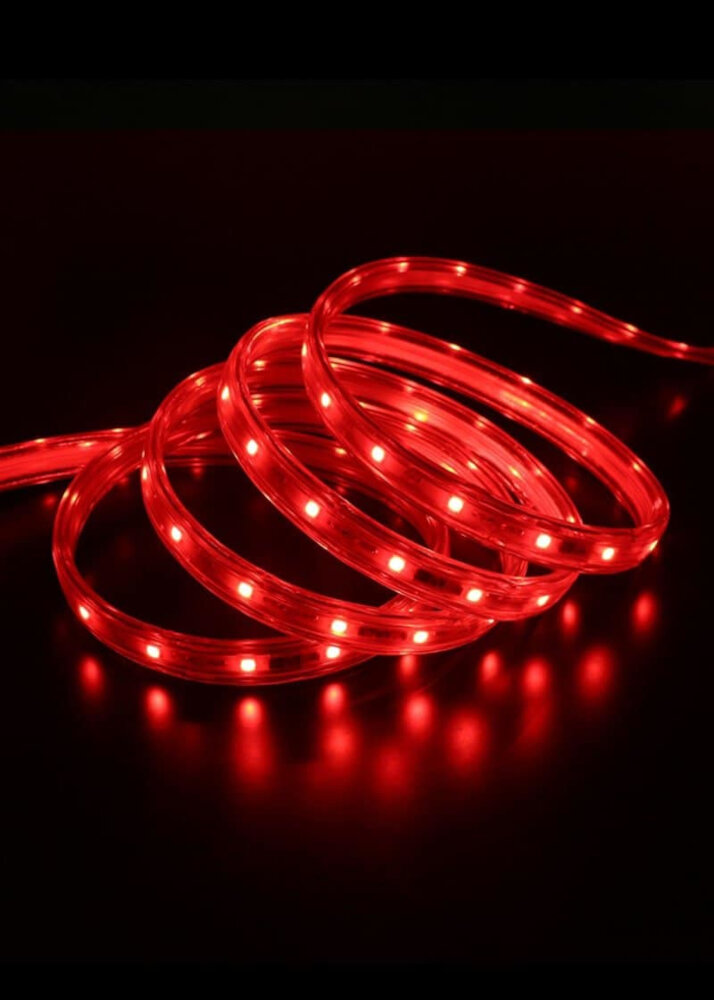
In conclusion, LED light testing may seem daunting, but with the right tools and knowledge, it can be made easy. A multimeter is a versatile instrument that can help you test various aspects of an LED light, such as voltage, current, and resistance. By following the step-by-step guide outlined in this article, you can save time and money by identifying issues with your LED lights quickly. Always remember to exercise caution when working with electrical equipment and to follow safety protocols to prevent injury. With this guide, you can confidently troubleshoot and repair your LED lights with ease.

